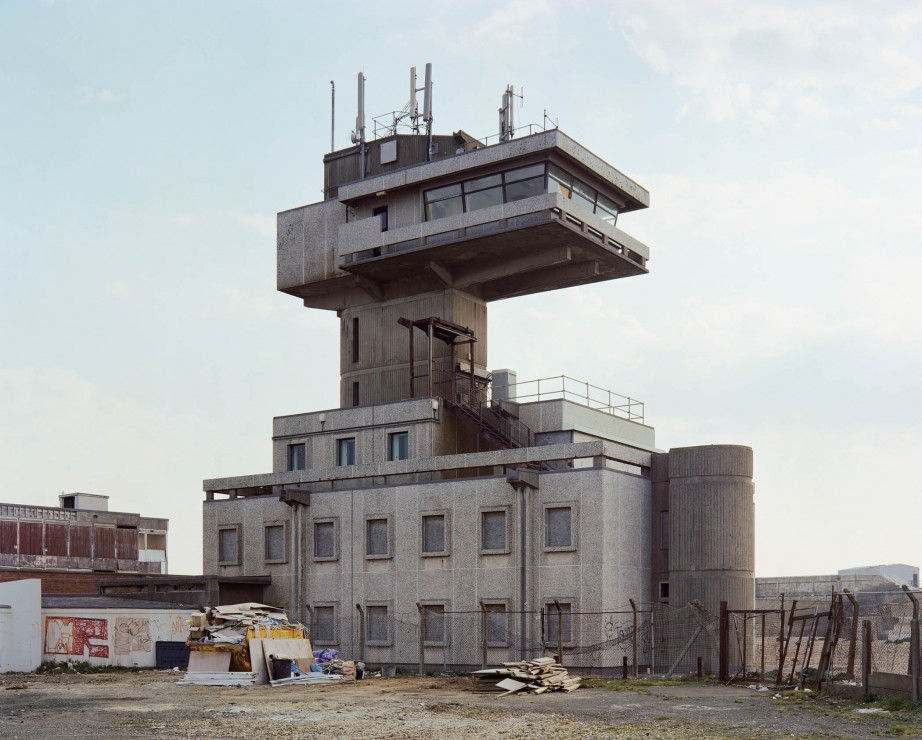
Temporal Dislocation
##plugins.themes.immersion.article.figure##

Resumen
This body of work navigates the dialectical tension between the destruction and renewal of our relationship with landscapes, both contemporary and historical, and the intricacies of activities evident within constructed environments. These quasi-sculptural forms serve as poignant markers of power, class, and labor embedded in the English landscape.
The work probes the fragile equilibrium between stability and impermanence, highlighting the cyclicality of the natural world after human intervention. It seeks to illuminate how form naturally follows function, unveiling the innate aesthetics within ordinary "found" objects. These forms offer an enduring narrative of their utilitarian evolution, underscoring the beauty inherent in utilitarian simplicity.
At its core, this work is driven by phenomenological intent, bridging the gap between the photographer's deliberate framing and the casual viewer's passive encounter with these constructed landscapes. The photograph becomes a subtle language inviting viewers to reevaluate the ostensibly banal and ubiquitous. This body of work challenges the boundaries between fact and objectivity, employing angles that prompt a deeper understanding and reflective exploration of unacknowledged memories and logics. It references scientific approaches and surveys while drawing inspiration from brutalism theories and human responses to utilitarian environments throughout their evolution.
Cover image: Temporal Dislocation - Watchtower (2011)
Referencias
- James J. Gibson, 1986, The Ecological Approach to Visual Perception, Psychology Press, New York.
- Delegation for Territorial Planning and Regional Action (DATAR),1984-1989, La Mission Photographique de la DATAR, Government of the French Republic, (since Temporal Dislocation all information on DATAR has been collated into this website, 2013) <https://missionphotodatar.anct.gouv.fr/mission>
- Barcelona Museum of Contemporary Art (MACBA), Universal Archive, The condition of the Document and the Modern Photographic Utopia, 2008, <https://www.macba.cat/en/exhibitions-activities/exhibitions/universal-archive>
- Reyner Banham, 2011, The New Brutalism, October, (136), pages 19-28